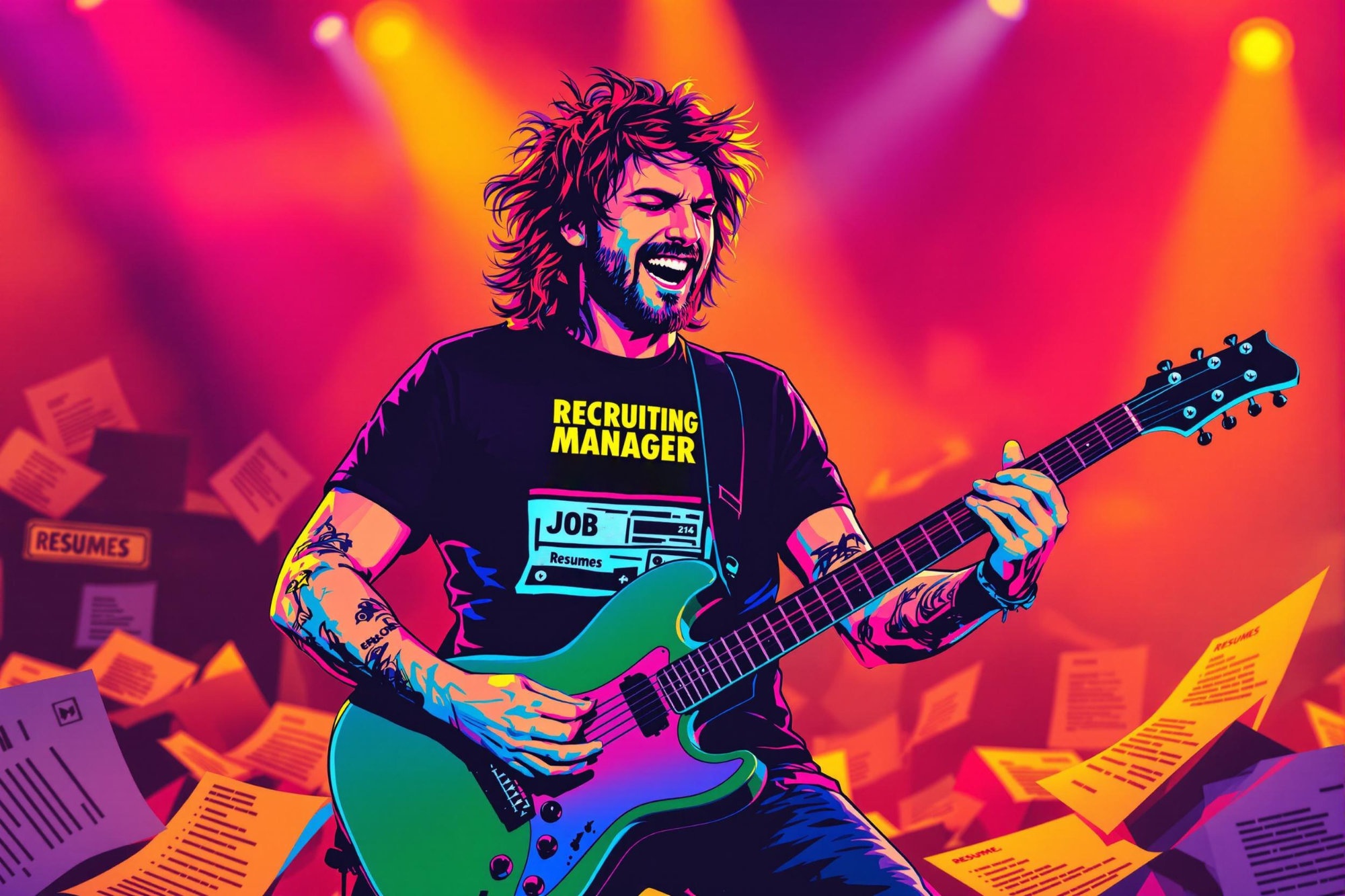
Key Frames
Key Frames are the important main drawings in animation that show the major positions or moments in a movement or scene. Think of them like the most important snapshots in a sequence - if you're showing someone jumping, the key frames would be the starting position, the highest point of the jump, and the landing. Animation artists use key frames to plan out the flow of movement, and other artists later fill in the frames between these main positions. This approach is used in both traditional hand-drawn animation and modern computer animation. It's similar to planning the most important scenes in a story before filling in all the details.
Examples in Resumes
Created Key Frames for character movements in animated short films
Developed Key Frame sequences for TV commercial animations
Supervised team of artists in planning Key Frame animations for video game cutscenes
Designed character poses through Key Frames and Key Frame Animation for mobile game
Typical job title: "Key Frame Animators"
Also try searching for:
Where to Find Key Frame Animators
Online Communities
Job Boards
Professional Networks
Example Interview Questions
Senior Level Questions
Q: How do you approach planning key frames for a complex character animation sequence?
Expected Answer: A senior animator should discuss the importance of understanding the story and emotion, planning timing and spacing, and how they would break down complex movements into manageable key poses. They should mention experience in leading teams and reviewing others' work.
Q: How do you ensure consistency in key frame animation across a large project?
Expected Answer: Should explain their process for maintaining style guides, creating reference materials, and coordinating with other animators to ensure all animations match in style and quality across the project.
Mid Level Questions
Q: What's your process for creating emotionally expressive key frames?
Expected Answer: Should be able to explain how they consider character personality, emotion, and story context when choosing key poses, and how they use reference materials to create believable expressions.
Q: How do you handle feedback and revisions to key frame sequences?
Expected Answer: Should discuss their approach to receiving and implementing feedback, ability to make adjustments while maintaining the integrity of the animation, and experience with iteration processes.
Junior Level Questions
Q: Can you explain what key frames are and their importance in animation?
Expected Answer: Should be able to explain that key frames are the main poses that define movement in animation, and why they're important for planning animation sequences.
Q: What tools do you use for creating key frame animations?
Expected Answer: Should be familiar with basic animation software and able to explain their experience with creating simple key frame sequences.
Experience Level Indicators
Junior (0-2 years)
- Basic understanding of animation principles
- Creating simple character movements
- Working with basic animation software
- Understanding timing and spacing
Mid (2-5 years)
- Complex character animations
- Emotional expression through movement
- Working within style guidelines
- Giving and receiving feedback
Senior (5+ years)
- Leading animation teams
- Setting animation style guides
- Complex movement choreography
- Project management and review
Red Flags to Watch For
- No understanding of basic animation principles
- Unable to show examples of previous animation work
- Lack of knowledge about industry-standard animation software
- No experience with timing and movement in animation
Need more hiring wisdom? Check these out...

Beyond Borders: Mastering the Art of a Global Onboarding Calendar

Rewiring Your Interview Templates for Better Candidate Experience

From Farewells to Future Allies: Transforming Exit Interviews into Lifelong Connections

